From Dirt
by Camille T. Dungy
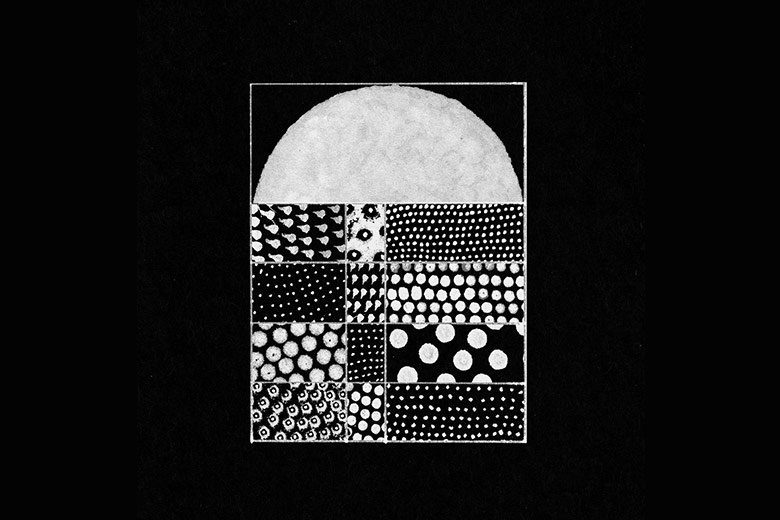
As she prepares to plant Cherokee pole beans—descendants from beans carried on the Trail of Tears—Camille T. Dungy traces the legacy and journey, triumph and trauma, of seeds.
| Page no. | Title | Listen |
|---|---|---|
| 10 |
From Dirtby Camille T. Dungy 
As she prepares to plant Cherokee pole beans—descendants from beans carried on the Trail of Tears—Camille T. Dungy traces the legacy and journey, triumph and trauma, of seeds. |
|
| 17 |
Wave Patternsby Aylie Baker 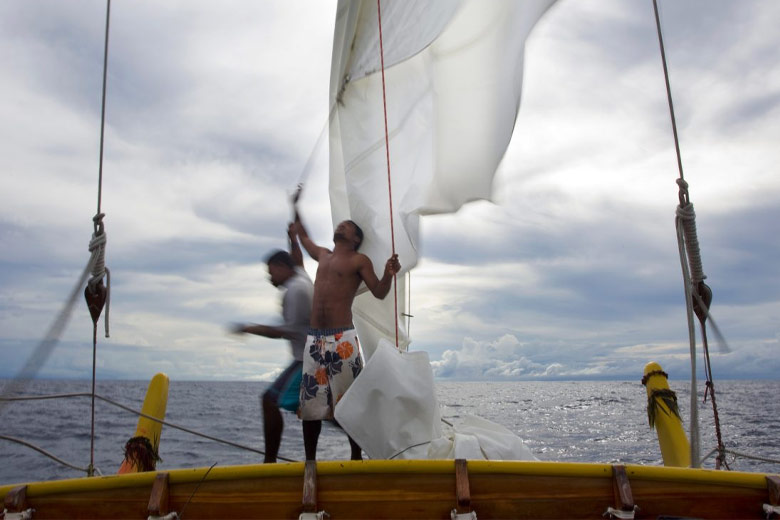
Aylie Baker reflects on her experiences sailing by canoe under Micronesian Master Navigator Sesario Sewralur and shows how we can draw on an innate ability to orient ourselves in a shifting world. |
|
| 41 |
Corn Tastes Better on the Honor Systemby Robin Wall Kimmerer 
Following a nine-thousand-year journey, Robin Wall Kimmerer reflects on the ancient technology embedded in our relationship with corn. |
|
| 65 |
Mud and Antler Bonean interview with Martin Shaw 
In this interview, mythologist and author Martin Shaw attests that the best stories ought to be trailed not trapped, and approached with discernment, an open heart, and an attuned ear. |
|
| 73 |
Winds of Awe and Fearby Nick Hunt 
Tracking Europe’s great winds, Nick Hunt searches for the gods entwined within their currents, experiencing firsthand the awe, exhilaration, and fear inherent in these encounters. |
|
| 97 |
On the Road with Thomas Mertonby Fred Bahnson 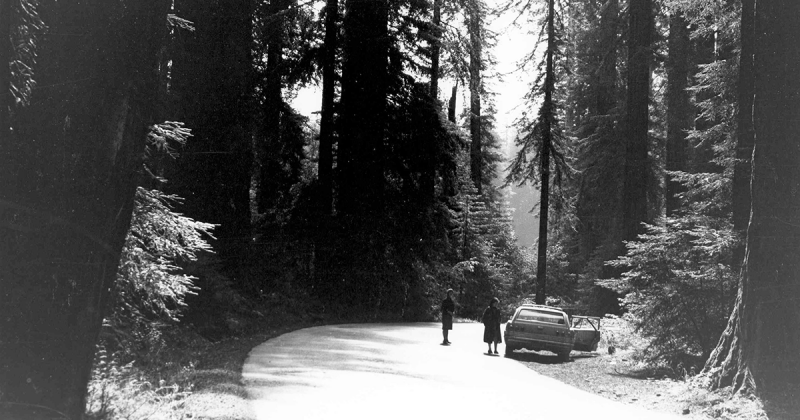
In May 1968, Christian mystic Thomas Merton undertook a pilgrimage to the American West. Fifty years later, writer Fred Bahnson set out to follow Merton’s path, retracing the monk’s journey across the landscape. |
|
| 125 |
A Storm Blown from Paradiseby Paul Kingsnorth 
Beginning with W. B. Yeats’s iconic poem, “The Second Coming,” Paul Kingsnorth inquires into linear and cyclical time and the sweeping momentum of progress. |
|
| 137 |
A Letter to My Husbandby Hala Alyan 
Struggling to explain her belief in God to her atheist husband, Hala Alyan reflects her Muslim faith as inextricably linked to her family, to Palestine, and to histories of erasure. |
|
| 143 |
Born Was the Mountainby Chelsea Steinauer-Scudder 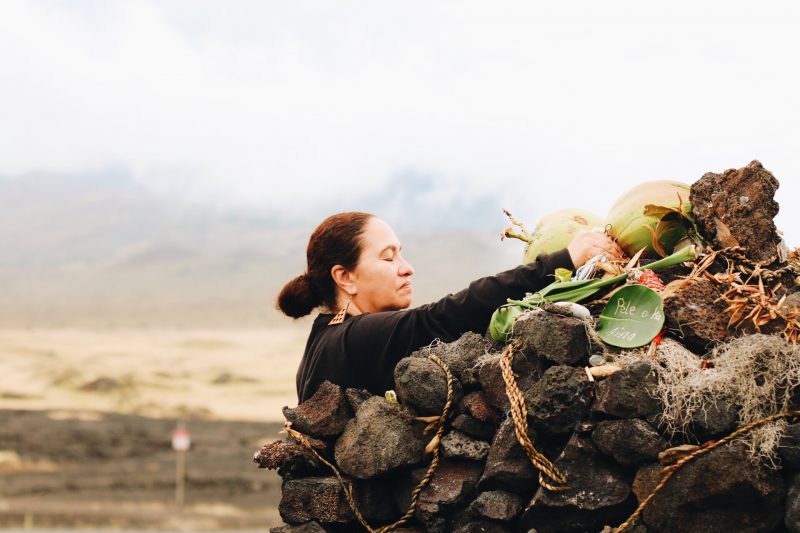
In this in-depth investigative story, a collision of values unfolds on the summit of Mauna Kea, the proposed site for what would be the largest telescope in the world. |
|
| 181 |
Magic and the Machineby David Abram 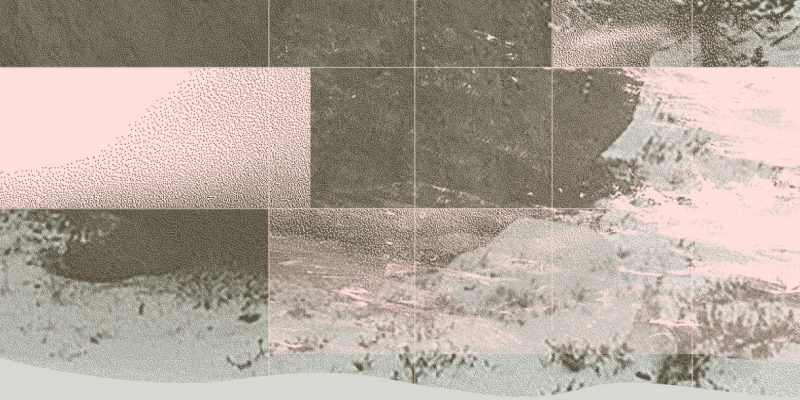
Reflecting on our undying urge to recreate a primal experience of intimacy with the surrounding world, David Abram offers notes on technology and animism in an age of ecological wipeout. |
|
| 192 |
Bodies of Evidenceby Kimberly Ruffin 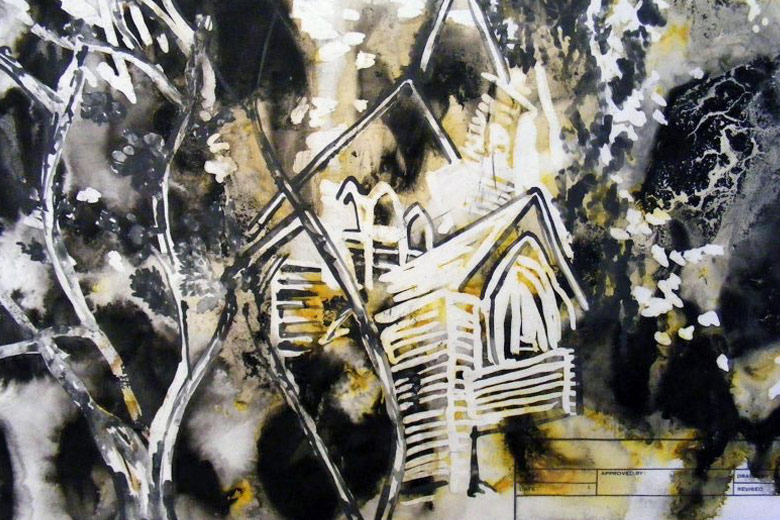
As Kimberly Ruffin revisits her upbringing and spiritual heritage, she compiles the bodies of evidence that have invigorated her spirit. |
|
| 218 |
When You Meet the Monster, Anoint Its Feetby Bayo Akomolafe 
In the age of the Anthropocene and entrenched politics of whiteness, Bayo Akomolafe brings us face-to-face with our own unresolved ancestry, as it becomes more and more apparent that we are completely entwined with each other and the natural world. |
|
| 242 |
The Pull of the Skyby Jeffrey Jerome Cohen 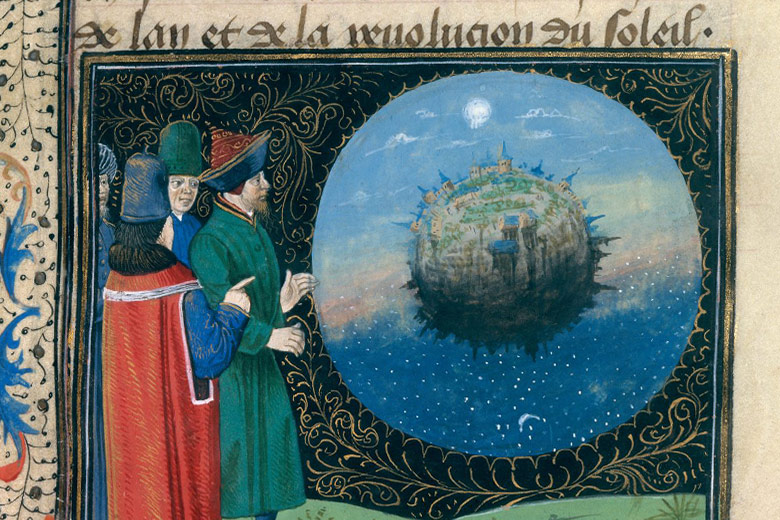
For thousands of years, humans have imagined what it would mean to view the Earth from celestial heights, raising the question of how to reconcile our bounded lives with our longing for the cosmos. |
|
| 251 |
Widening Circlesan interview with Joanna Macy 
In this interview, Buddhist eco-philosopher and author Joanna Macy discusses her life and work. From her antinuclear activism in the late ’60s to her work with deep ecology, Joanna expresses the need to live within an ethic of care for the Earth. |
|
| 257 |
Imagining Burialby Lia Purpura 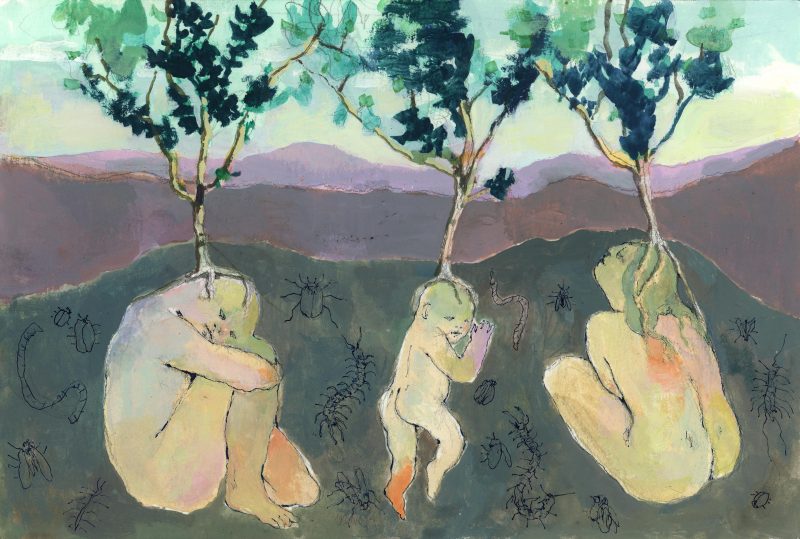
Lia Purpura delves into the horrified wonder and holiness of death, exploring burial practices that are intended to nourish the earth, as it has nourished us. |
|
| 282 |
Ancient Rootby Linda Hogan 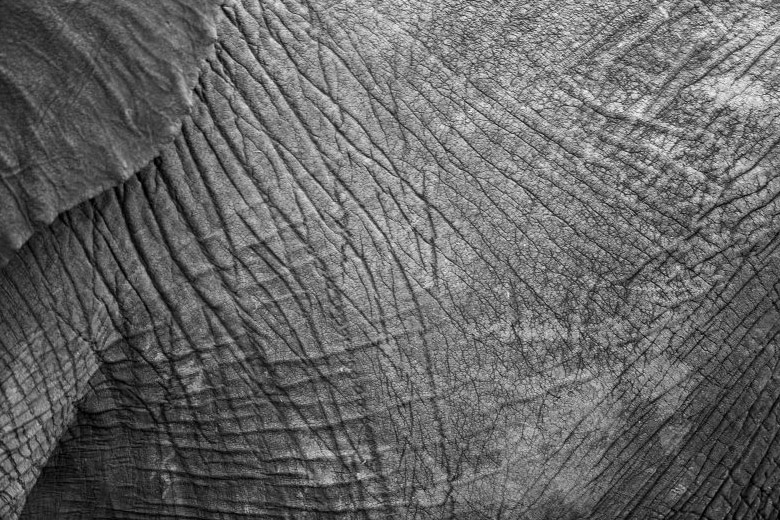
During an encounter with caged elephants, Linda Hogan experiences a wave of profound and startling love in the presence of beings so very different from—and so very like— ourselves. |
|
| Page no. | Title | Listen |
|---|---|---|
| 14 |
Atlas with Shifting Edgesby Elizabeth Rush 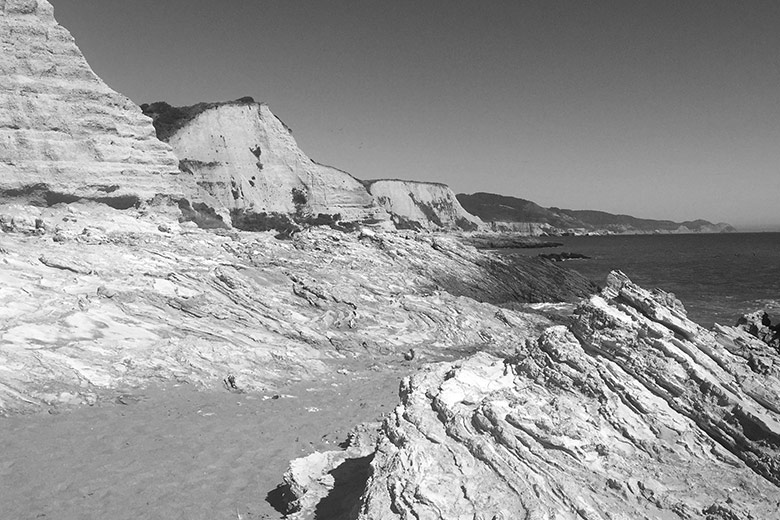
Elizabeth Rush reflects on climate change as a transformational force on our landscapes and the words we might use to grasp this shifting reality. Her book "Rising" was nominated for a Pulitzer Prize in 2019 for its rigorous reporting on America’s vulnerability to rising seas. This essay is an account of the days she spent driving through the Pacific Northwest while on a tour for the book—a time of wildfires, loss, and possible futures. |
|
| 30 |
Losing Languageby Camile T. Dungy 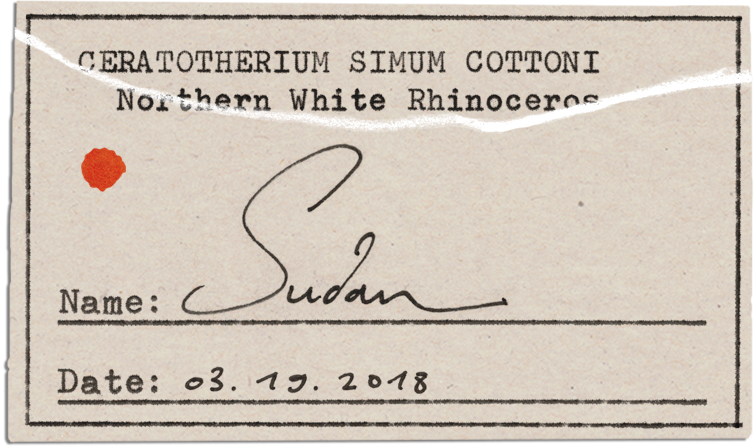
Rejecting the refrain “there are no words,” Camille T. Dungy reaches for a language to encompass the experience of loss, extinction, and loneliness. |
|
| 35 |
On the Language of the Deep Blueby Charles Foster 
In an effort to redeem the self-referential, reductionist nature of human language, Charles Foster travels to the Isle of Skye seeking out a language beyond the human in the vibrant and vast communication of the eight remaining Scottish killer whales. |
|
| 40 |
The Language of the Masterby Paul Kingsnorth 
In examining the consequences of written language, writer Paul Kingsnorth comes to terms with his own profession, arguing that the written word is, in fact, a tool of ecocide. |
|
| 47 |
The Voices of the Birds and the Language of Belongingby David G. Haskell 
David Haskell enters the intricate and generative soundscape of the world of birds, inviting us to join in a practice of cross-species listening as a bridge to kinship. |
|
| 54 |
Speaking the Anthropocenean interview with Robert Macfarlane 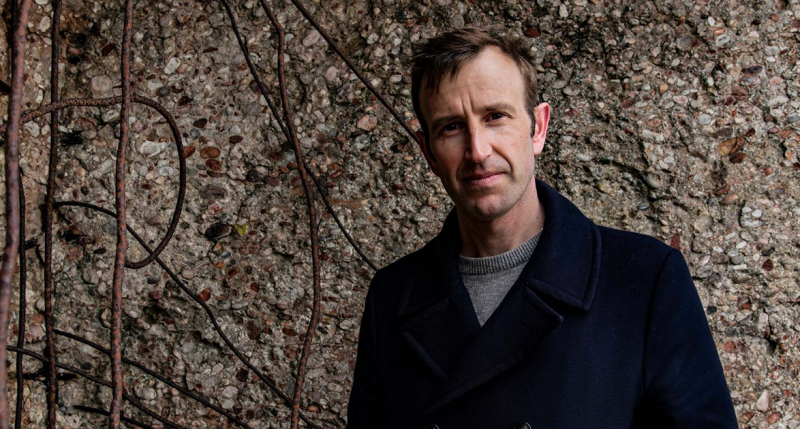
In this in-depth interview, writer Robert Macfarlane articulates the consequence, the responsibility, as well as the pleasure of naming the living world. |
|
| 86 |
Dwelling on Earthby Jay Griffiths 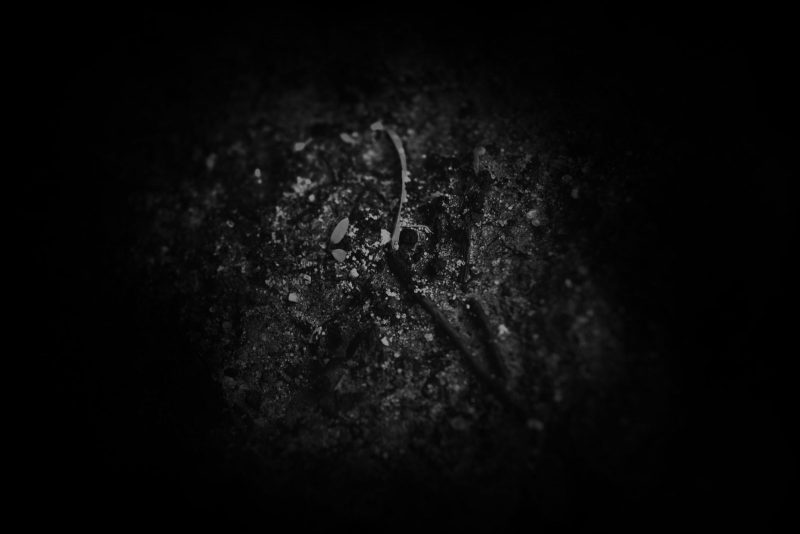
Marveling at worms, fungi, and the pioneering water bear, Jay Griffiths brings our attention to what dwells beneath our feet, inviting us to remember that soil is what turns the Earth’s barren rock into the riotous life we know. |
|
| 102 |
We Learned to Fear the Tiger and to Love the Squirrelby Lisa Lee Herrick 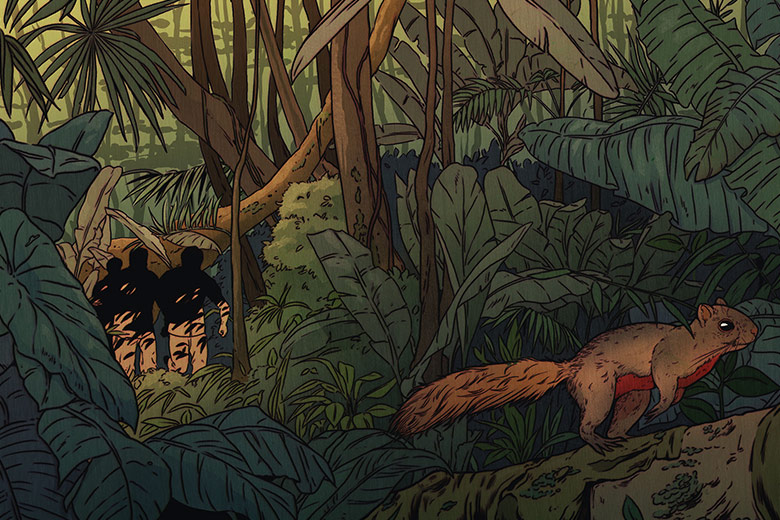
In the storied universe of Hmong cosmology, Squirrel is revered for its ability to outsmart the hunter. In this essay, Lisa Lee Herrick recalls her grandfather—a master squirrel hunter—bringing home a squirrel for spicy hunter’s stew, and how this dish helped unravel a hidden past. |
|
| 111 |
Praise Song for the Kitchen Ghostsby Crystal Wilkinson 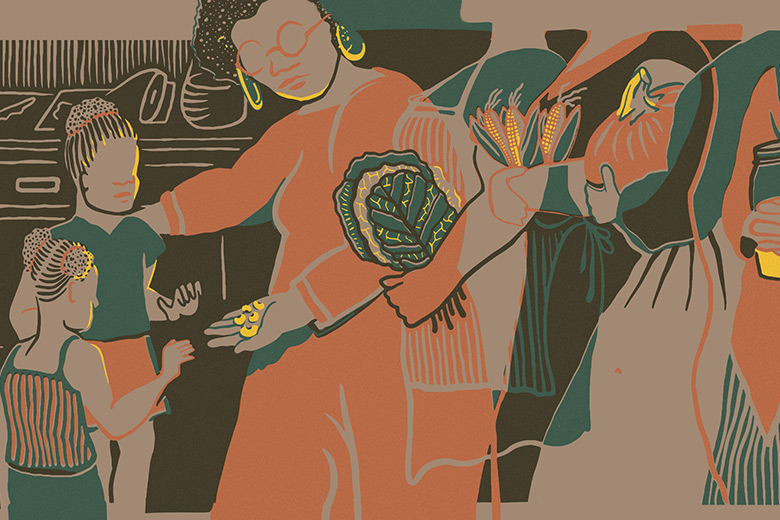
Remembering her grandmother’s jam cake, biscuits, and sweet black tea, Crystal Wilkinson evokes a legacy of joy, love, and plenty in the culinary traditions of Black Appalachia. |
|
| 118 |
Reseeding the Food Systeman interview with Rowen White 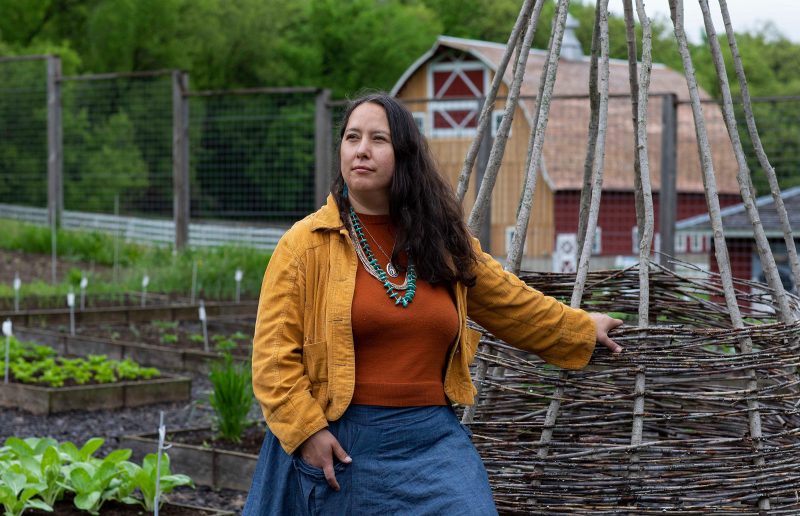
In this in-depth interview, Rowen White shares what seeds—her greatest teachers—have shown her: that resilience is rooted in diversity, and that all of us carry encoded memories of how to plant and care for seeds. |
|
| 142 |
What Difference Does a Day Make?by Paul Elie 
The year 2020 marked the fiftieth anniversary of Earth Day. For this monumental occasion, Paul Elie traces the literary history of the environmental movement from Rachel Carson’s "Silent Spring" to Pope Francis’s encyclical on the environment. |
|
| 164 |
Beginning with the Endby Roy Scranton 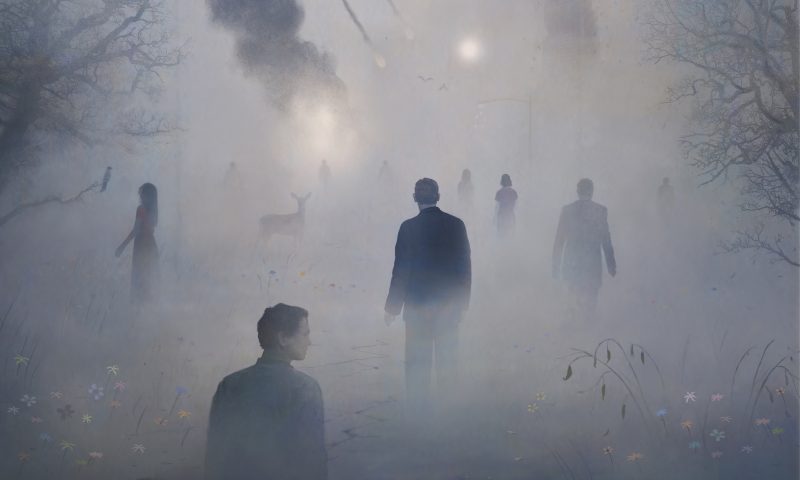
In this essay, Roy Scranton asks what we mean when we say “the world is ending.” Examining the nature of the narratives we tell ourselves about the future, he explores what revelation may be before us. |
|
| 176 |
Reindeer at the End of the Worldby Bathsheba Demuth 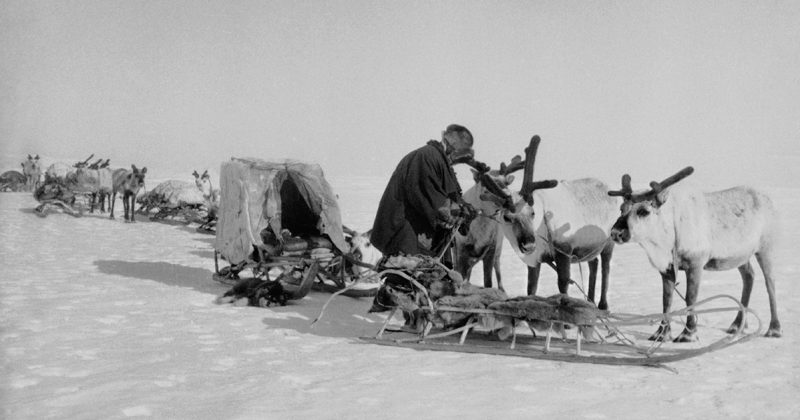
Ecological historian Bathsheba Demuth explores the allure of the apocalyptic arc—the promise of a new world—and the rise and ruin of the Soviet ideology that sought to impose its utopian vision on the Native Chukchi people, their herds of reindeer, and the natural cycles of the Russian tundra. |
|
| 188 |
The Other HouseJake Skeets 
Observing the grief that has arisen during the coronavirus pandemic, poet Jake Skeets explores apocalypse, time, and futurity from a Diné perspective. |
|
| 192 |
The Lord God Birdby Chelsea Steinauer-Scudder 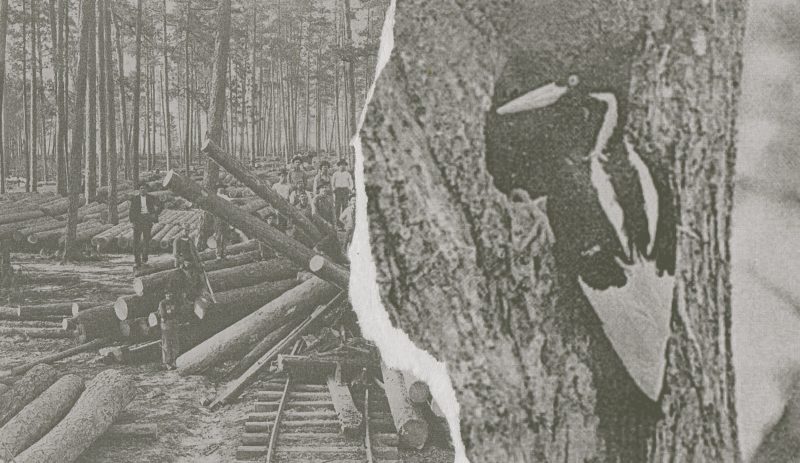
As the existence of the famed ivory-billed woodpecker is increasingly left to the realm of myth, Chelsea Steinauer-Scudder explores the widespread disappearance of birds in the narratives of apocalyptic prophecy that run through our collective consciousness. |
|
| 206 |
Coyote Storyby CMarie Fuhrman 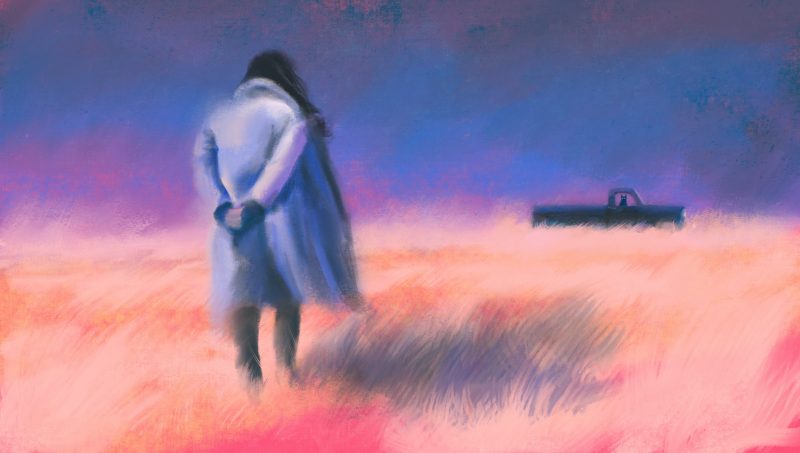
CMarie Fuhrman encounters a coyote whose leg is caught in a trap in the southern Montana prairie. As she decides what to do, she navigates the two legacies of her identity—Native and European. In doing so, she considers what it means to be trapped and what it means to be free. |
|
| 232 |
Life in the Time of Cholera: Lessons on a Pandemicby George Prochnik 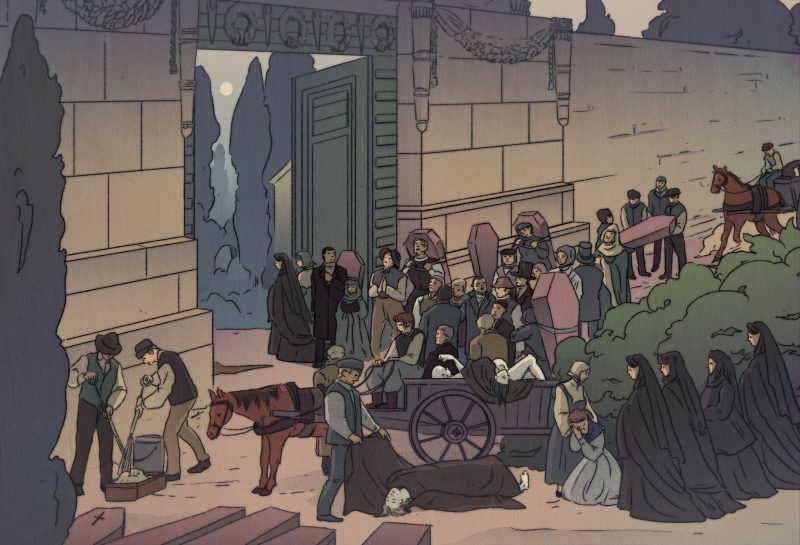
As sirens fill the streets of London, George Prochnik recalls a revolutionary poet’s account of the 1832 cholera pandemic that unfolded in Paris. While watching history repeat itself in devastating refrain, George wonders: What is hysteria? What is necessary passion and courage? How can we respond both lucidly and compassionately as this disaster progresses? |
|
| 244 |
On Time and Wateran interview with Andri Snær Magnason 
Andri Snær Magnason is an Icelandic writer and documentary filmmaker. In this interview, Andri discusses his new book "On Time and Water" and our relationship to time in an age of ecological crisis. With Iceland having lost its first large glacier, the Ok glacier, this past summer—Andri discusses the ways in which geological time is beginning to move at the speed of human time. In order to bring about a planetary paradigm shift, he says, we need new ways to see and imagine ourselves into the future. |
|
| 284 |
Church Forests: Ethiopia's Mystical Geographyby Fred Bahnson 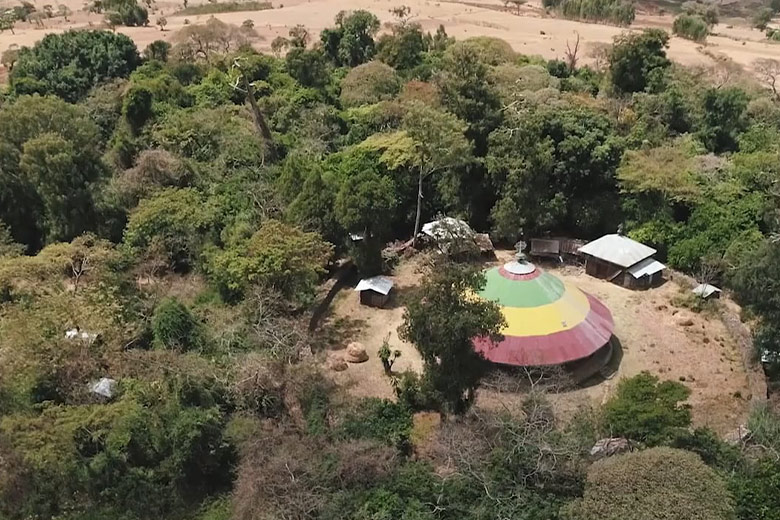
Nearly all of Ethiopia’s original trees have disappeared, but small pockets of old-growth forest still surround Ethiopia’s churches, living arks of biodiversity amongst the brown grazing fields. In this film and essay, Jeremy Seifert and Fred Bahnson travel to Ethiopia to gain a deeper understanding of how our fate is tied with the fate of trees. |
|
| 306 |
Felling Lightby Amaud Jamaul Johnson 
In this essay, Amaud Jamaul Johnson returns to his poem “The Maple Remains” for the centennial anniversary of the Red Summer of 1919. Through historical witnessing we see the deep ties between racial and arboreal scars. |
|
| 310 |
One Hundred and Eleven Treesby Chelsea Steinauer-Scudder 
When a marble mine began to strip a village of its forests, the people of Piplantri, India, developed a tree-planting project that reclaims a vital and ancient relationship between trees and women. |
|
| 328 |
Dead Woodby Nick Hunt 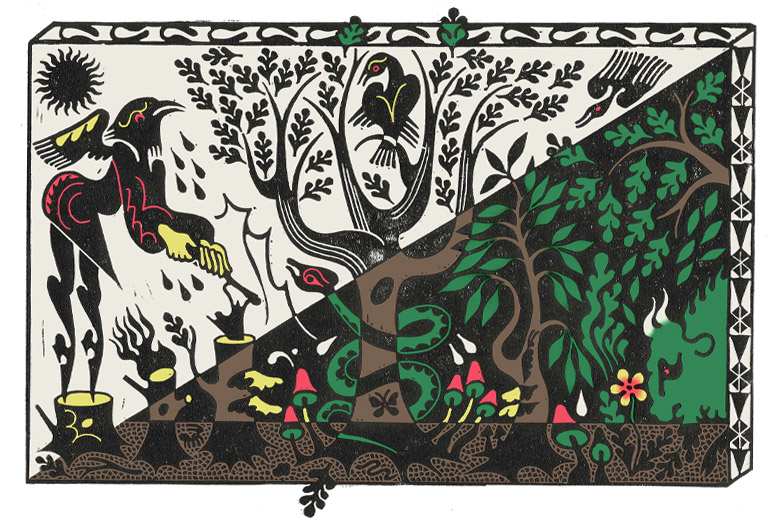
Nick Hunt visits Białowieża, Europe’s largest surviving primeval forest, where life and death transform into one another with vigorous entanglement. Here, he traces the history of the European forest, revealing an ongoing battle between light and shadow, clearing and woods. |
|
| 339 |
Woods Workby William Bryant Logan 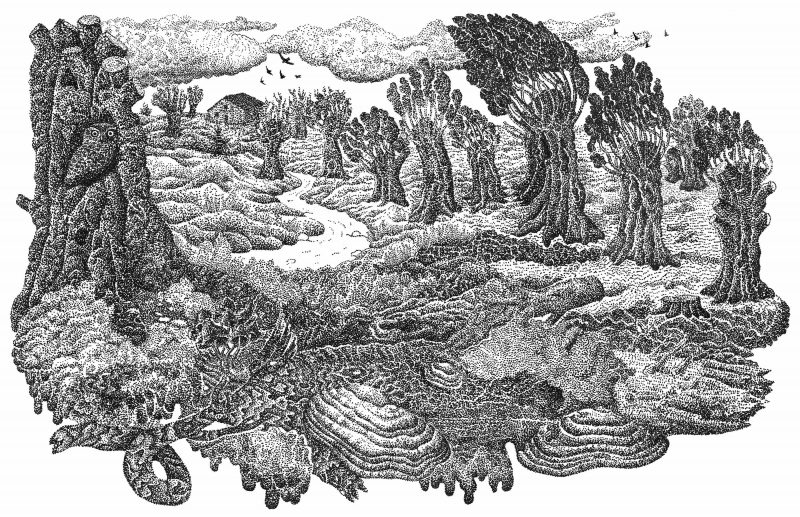
After visiting a two-thousand-year-old linden tree in England, William Bryant Logan explores the nearly forgotten practices of coppicing and pollarding, or cutting back a tree to stimulate growth, and discovers a symbiotic relationship between humans and trees. |
|
| 348 |
Eleven Ways of Smelling a Treeby David G. Haskell 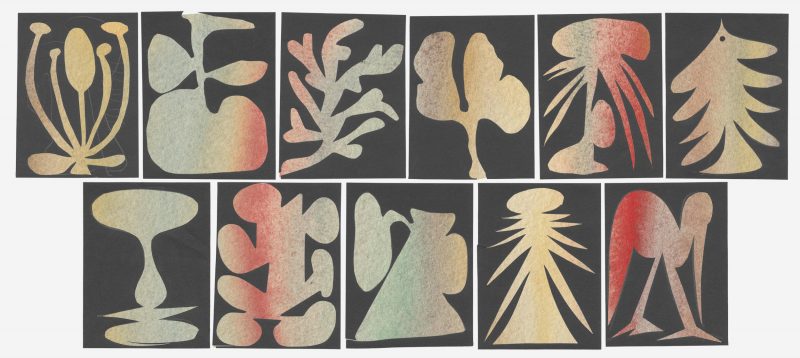
David Haskell invites us into the unique and sometimes surprising aromas of eleven different species of trees. |
|
| 361 |
Kinship, Community, and Consciousnessan interview with Richard Powers 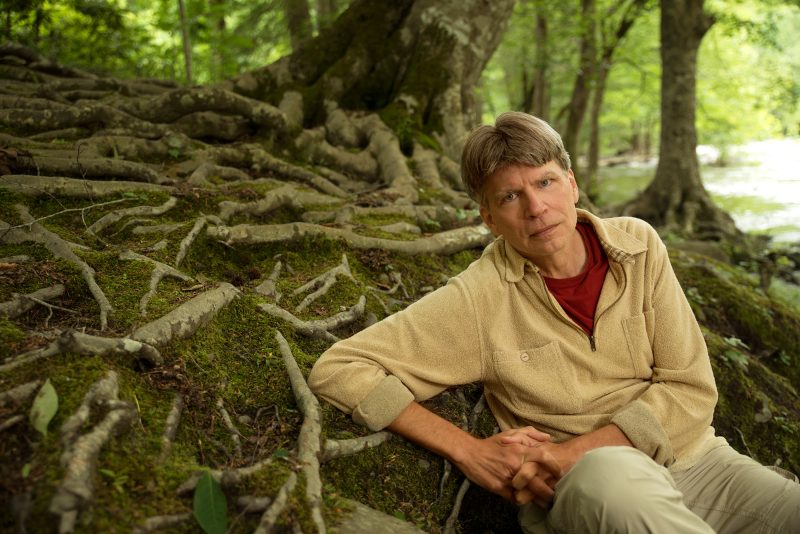
In this extensive interview, Richard Powers discusses the kind of storytelling in which humans are not separate from the living world around them and how this inspired his Pulitzer Prize-winning novel, "The Overstory". |
|